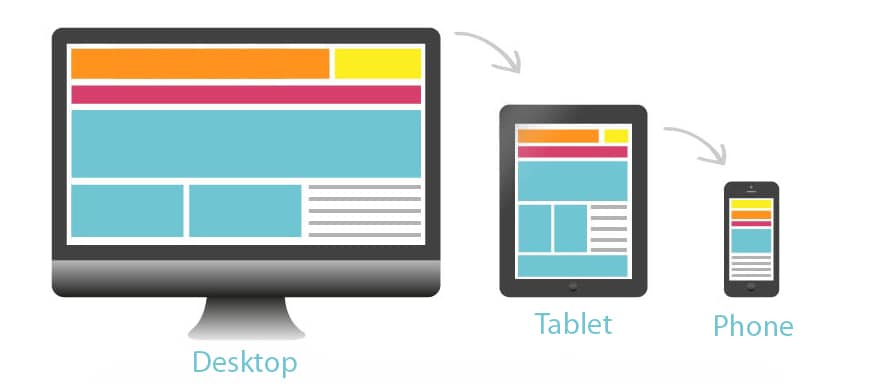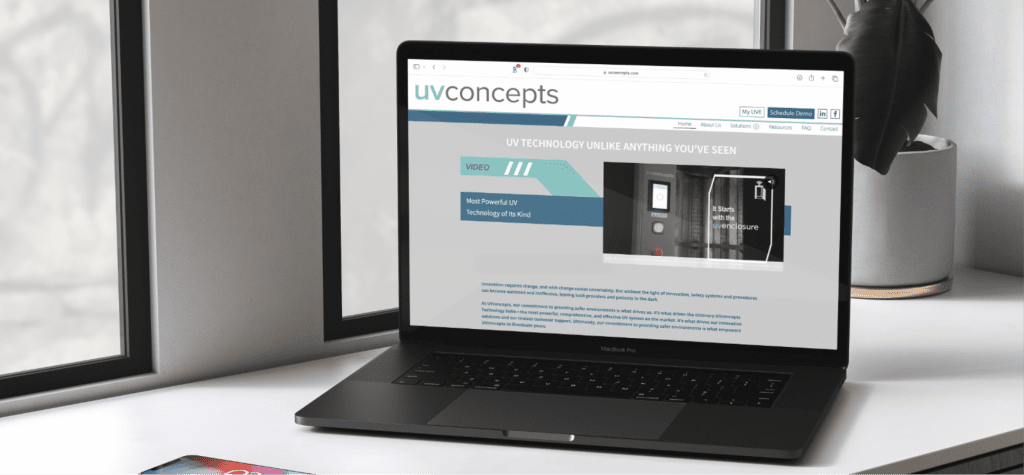In 2023, LinkedIn officially reached one billion members. These users span 200 countries and territories around the world, all of whom use this social media channel for business networking and career growth. But who are these members, really? Do Linkedin’s user demographics overlap with your customer base? Will posting on this platform be a shout […]
Read More… from Choosing the Right Social Media Platforms for Your Business: LinkedIn













